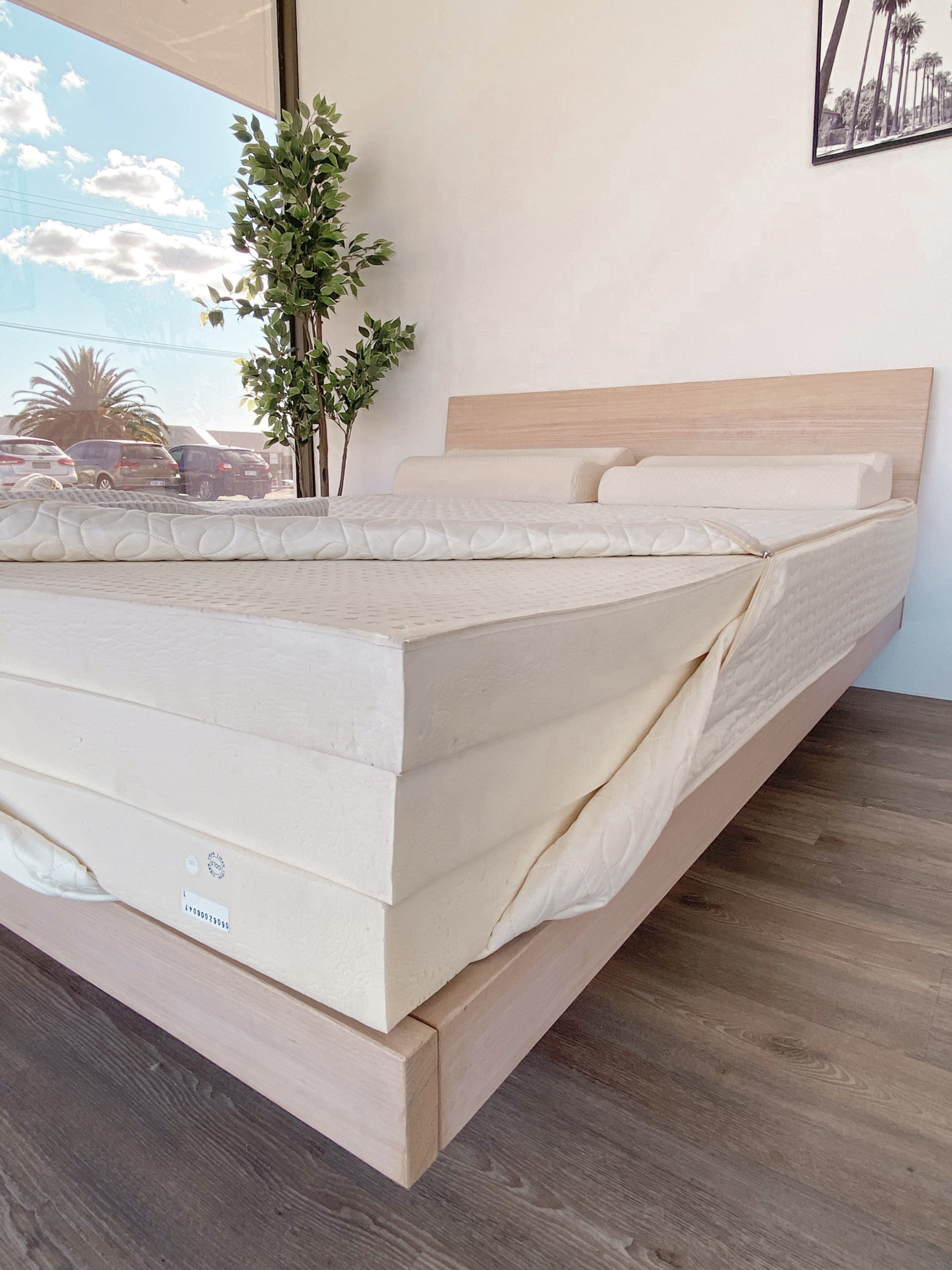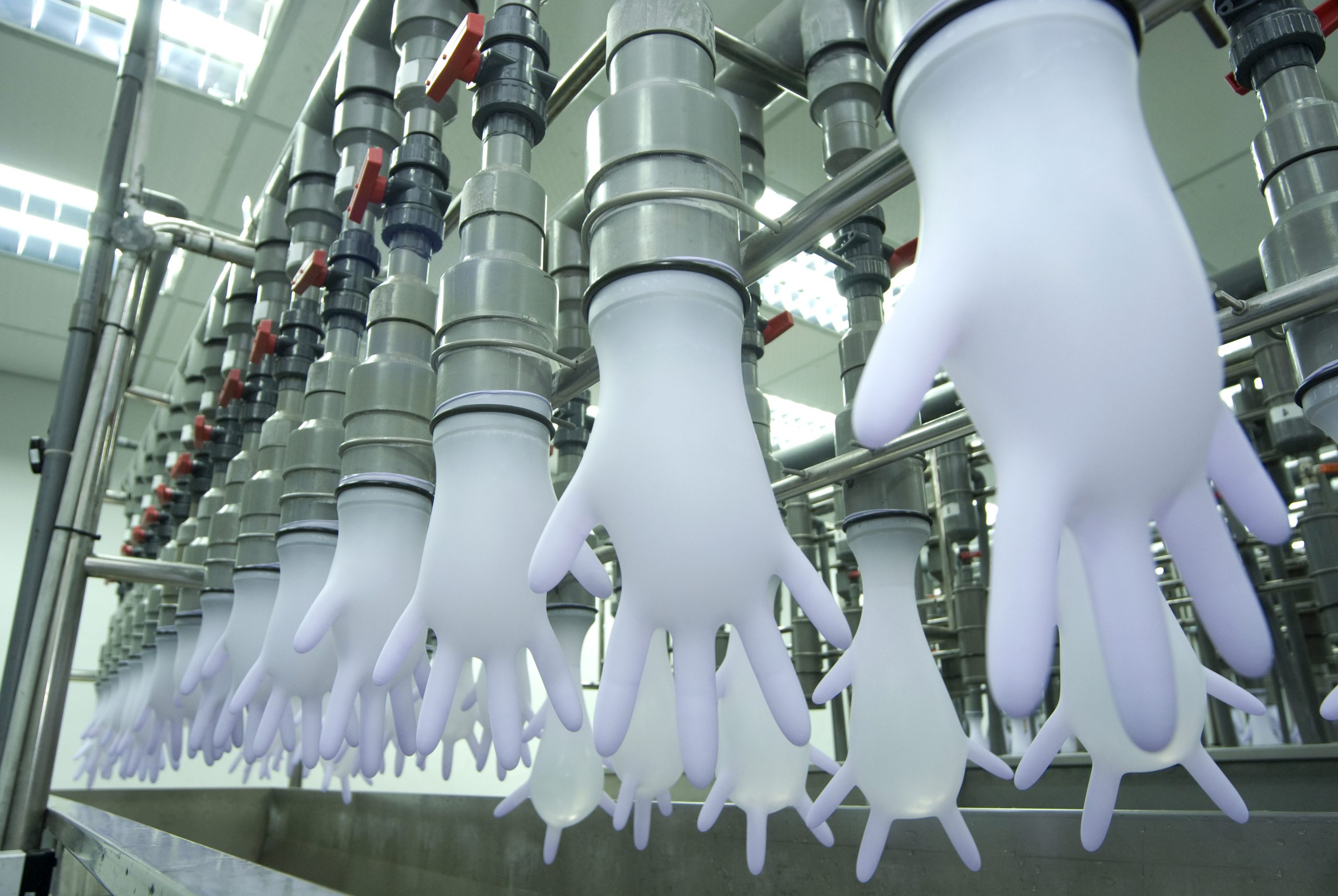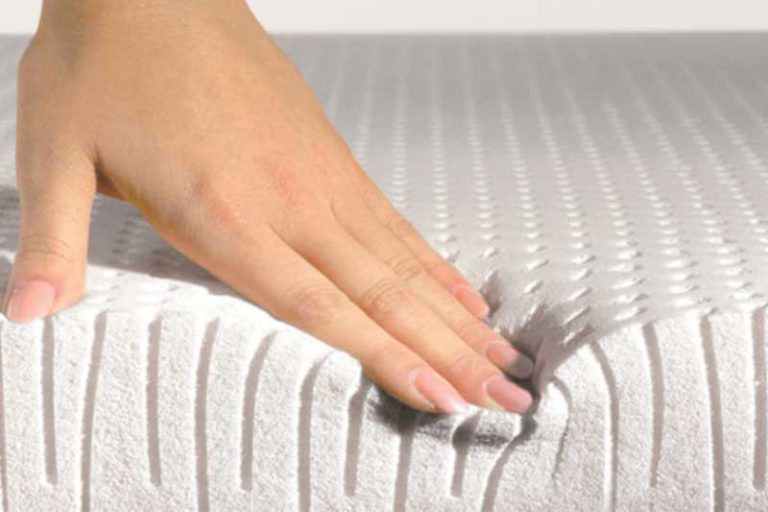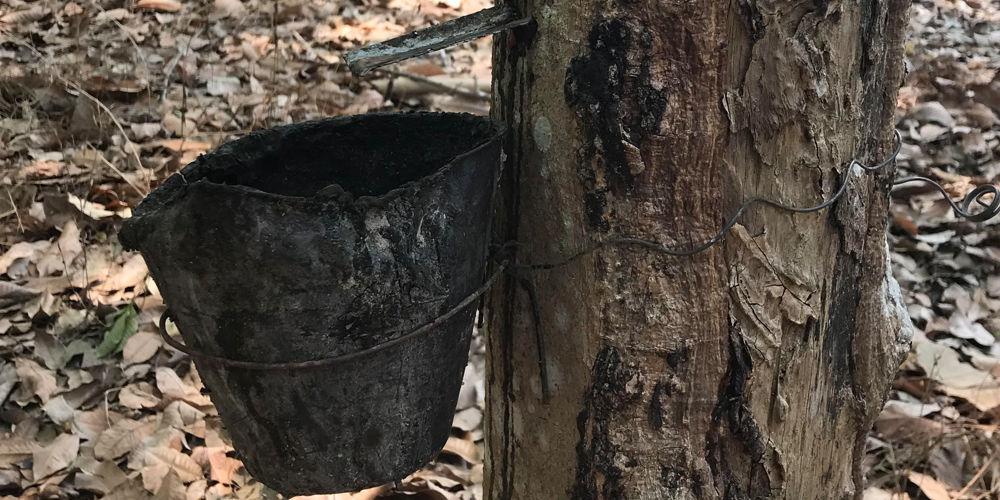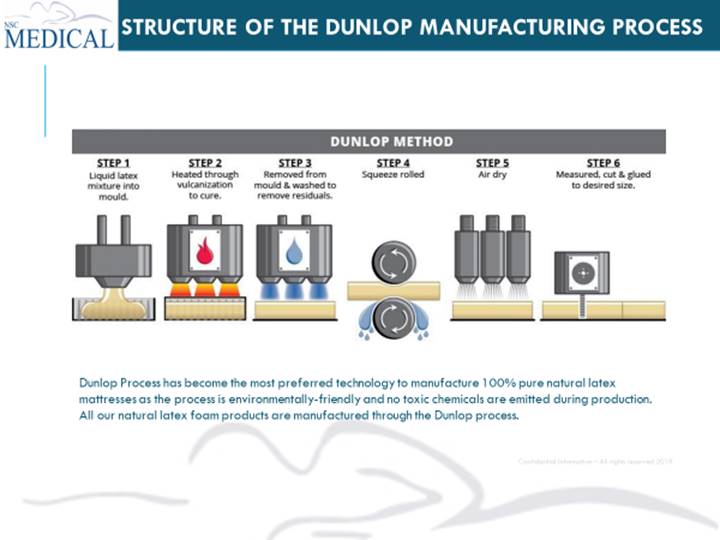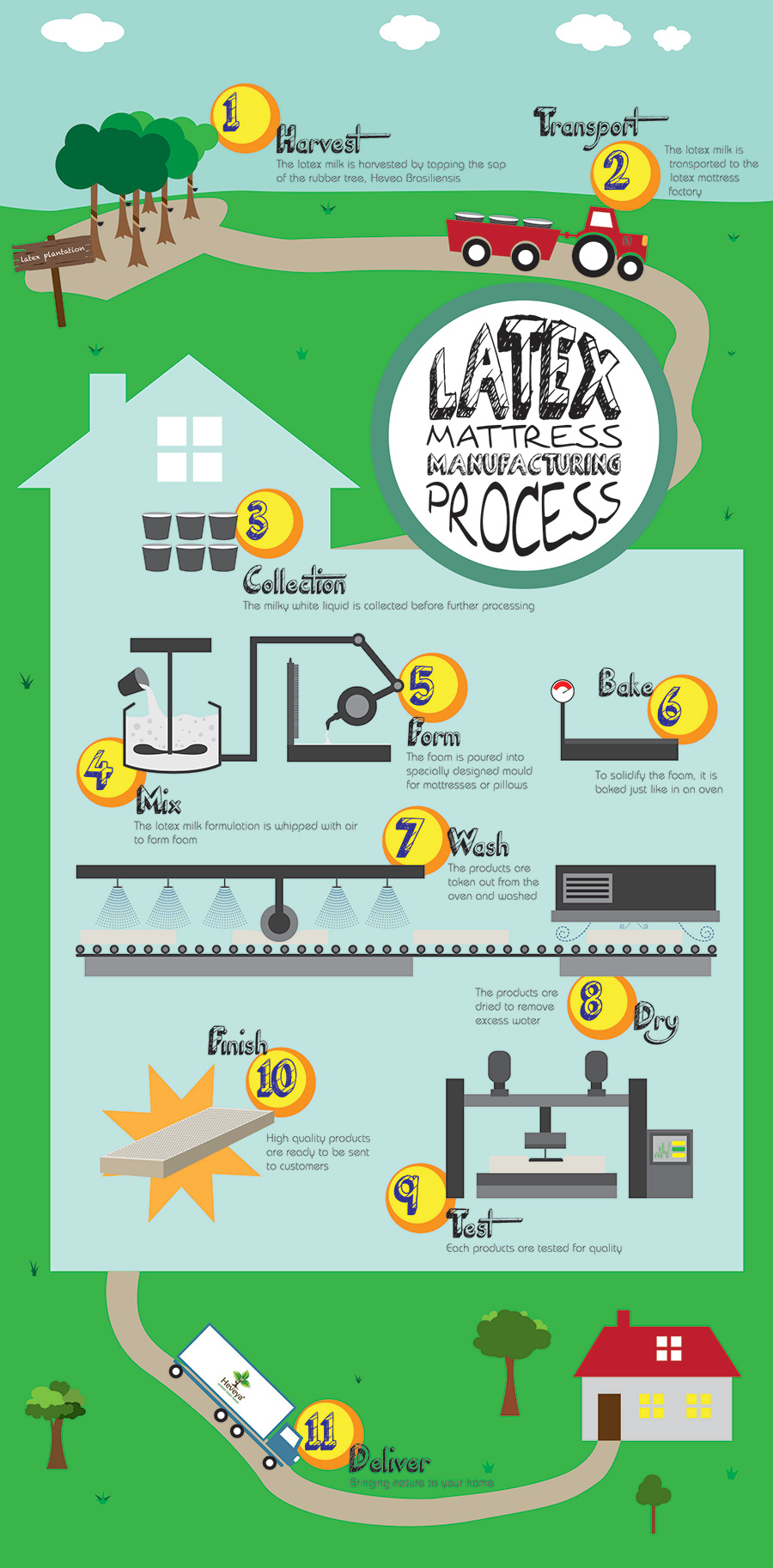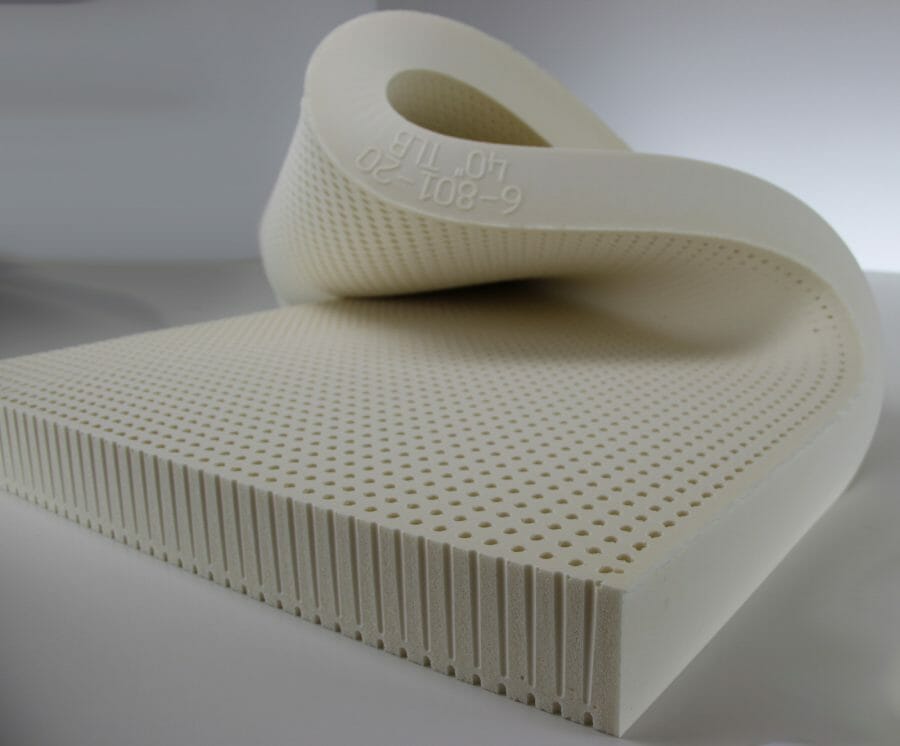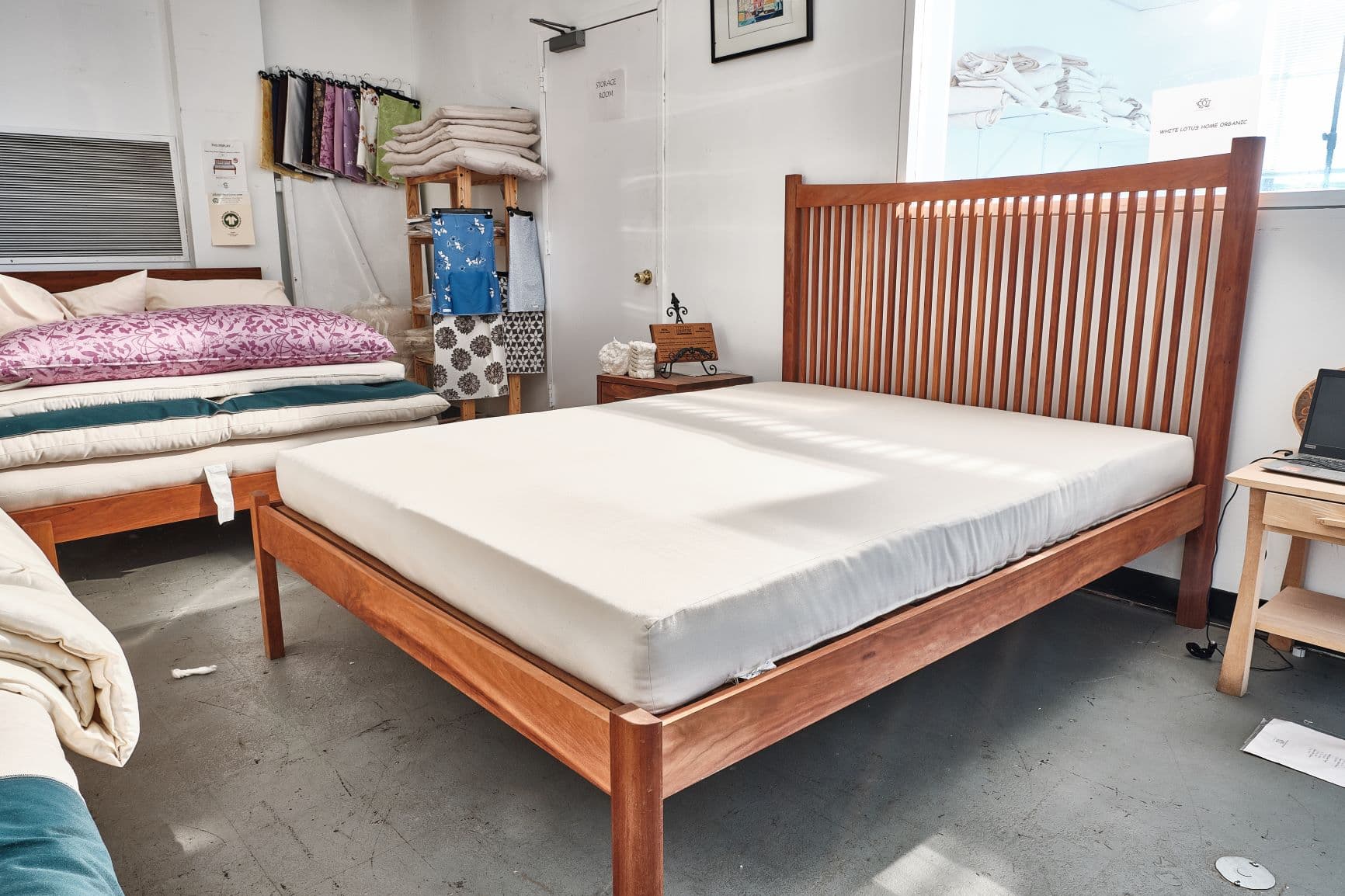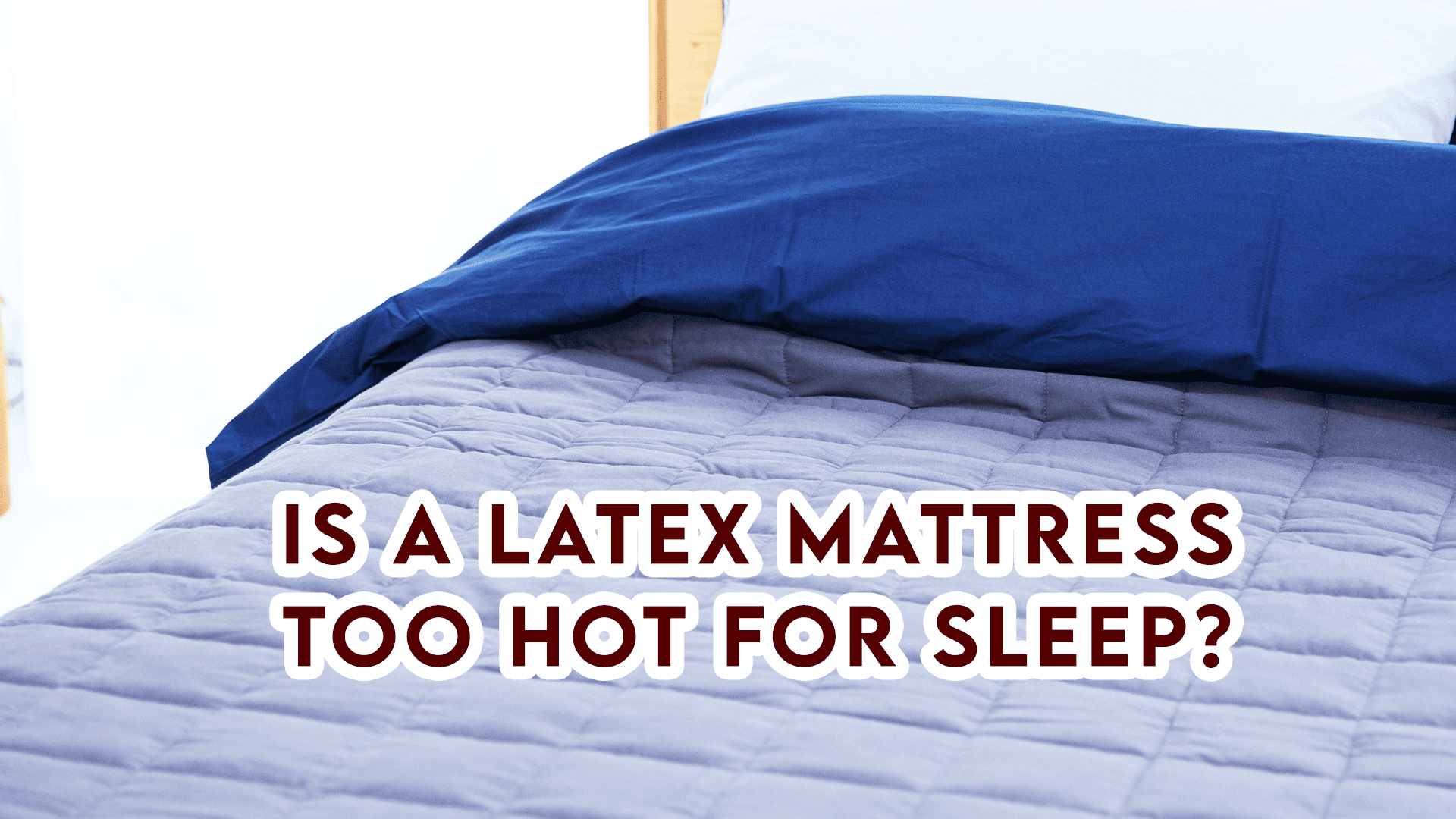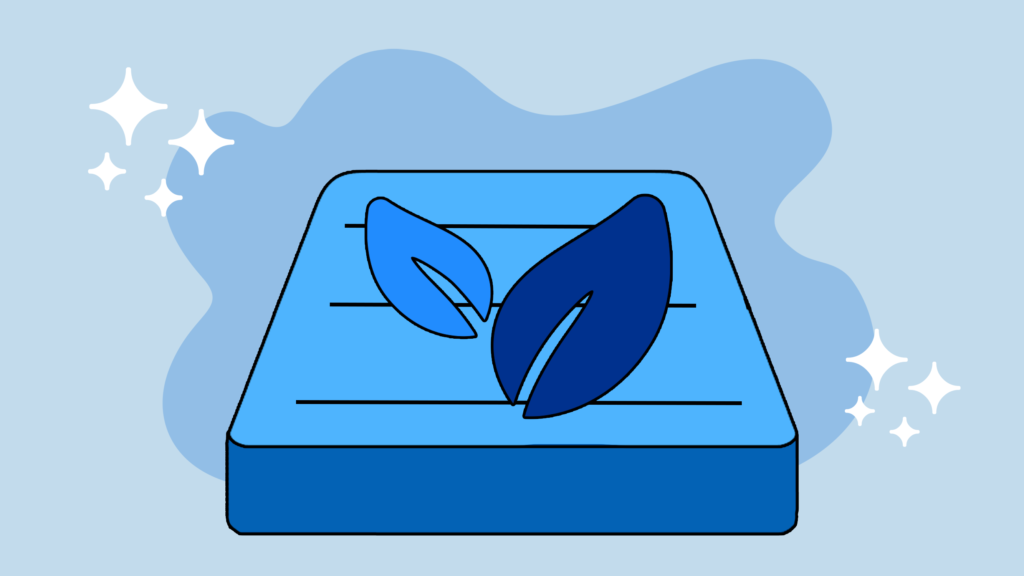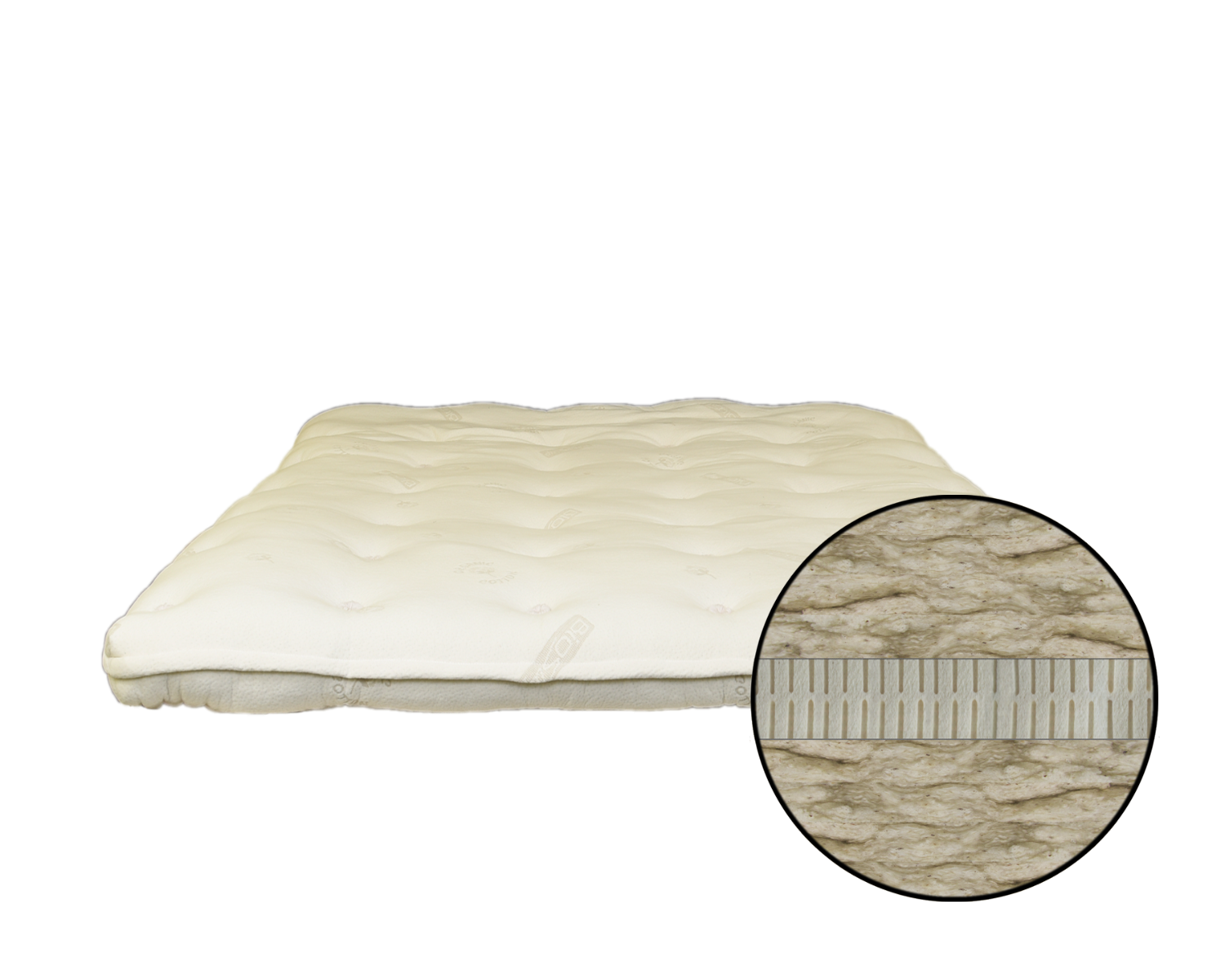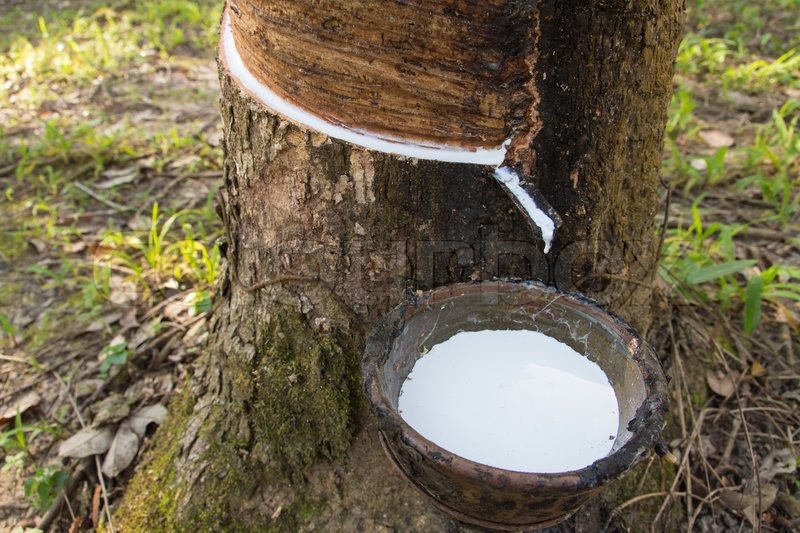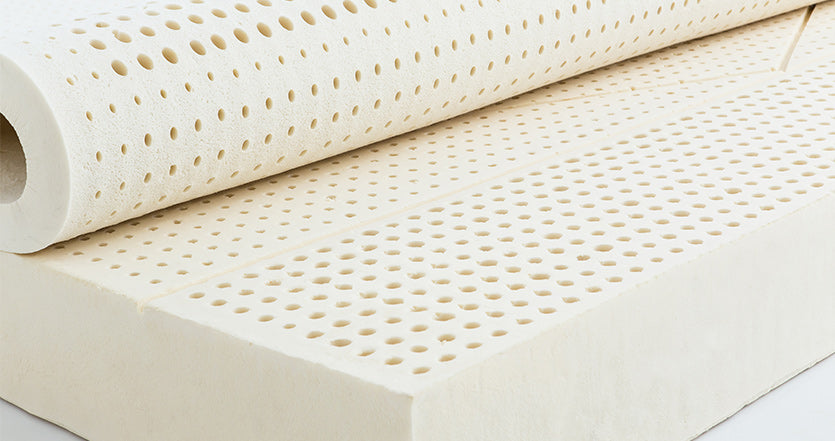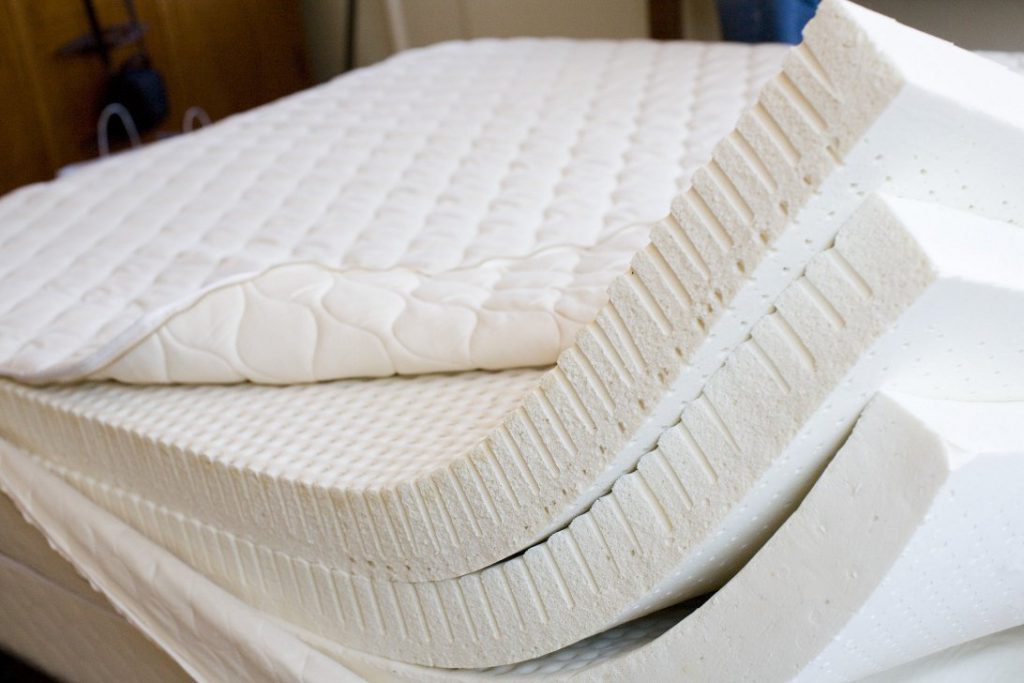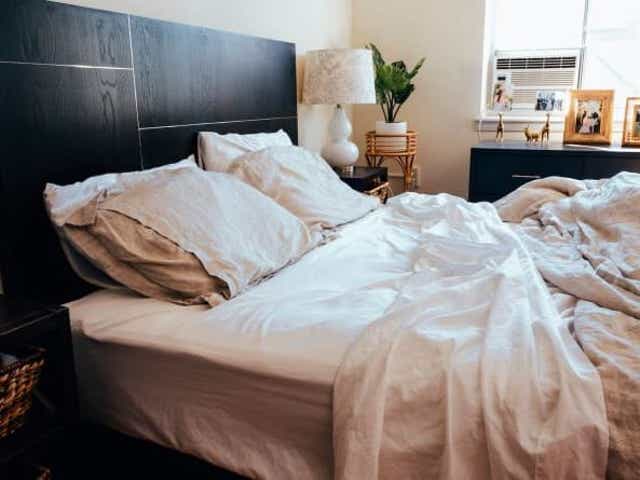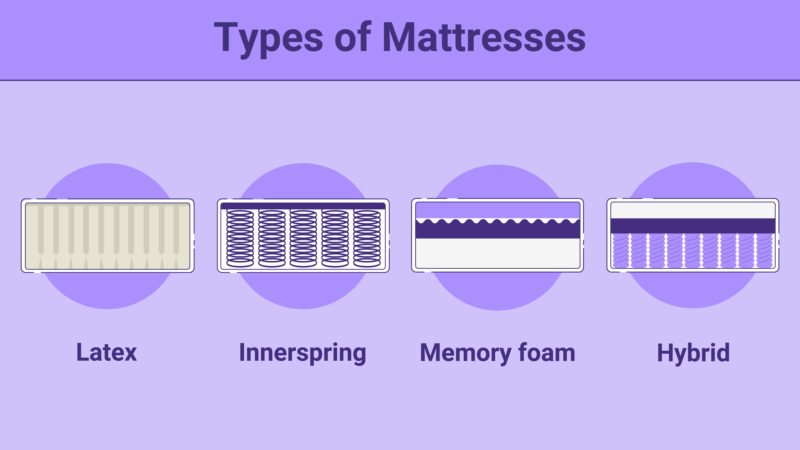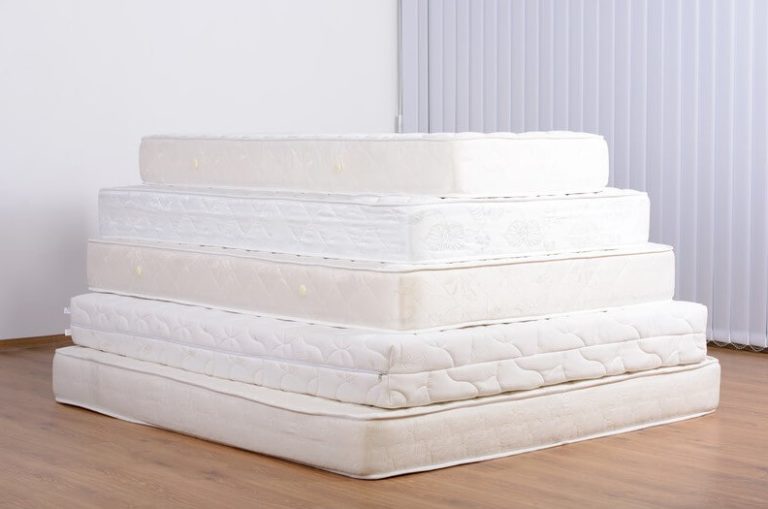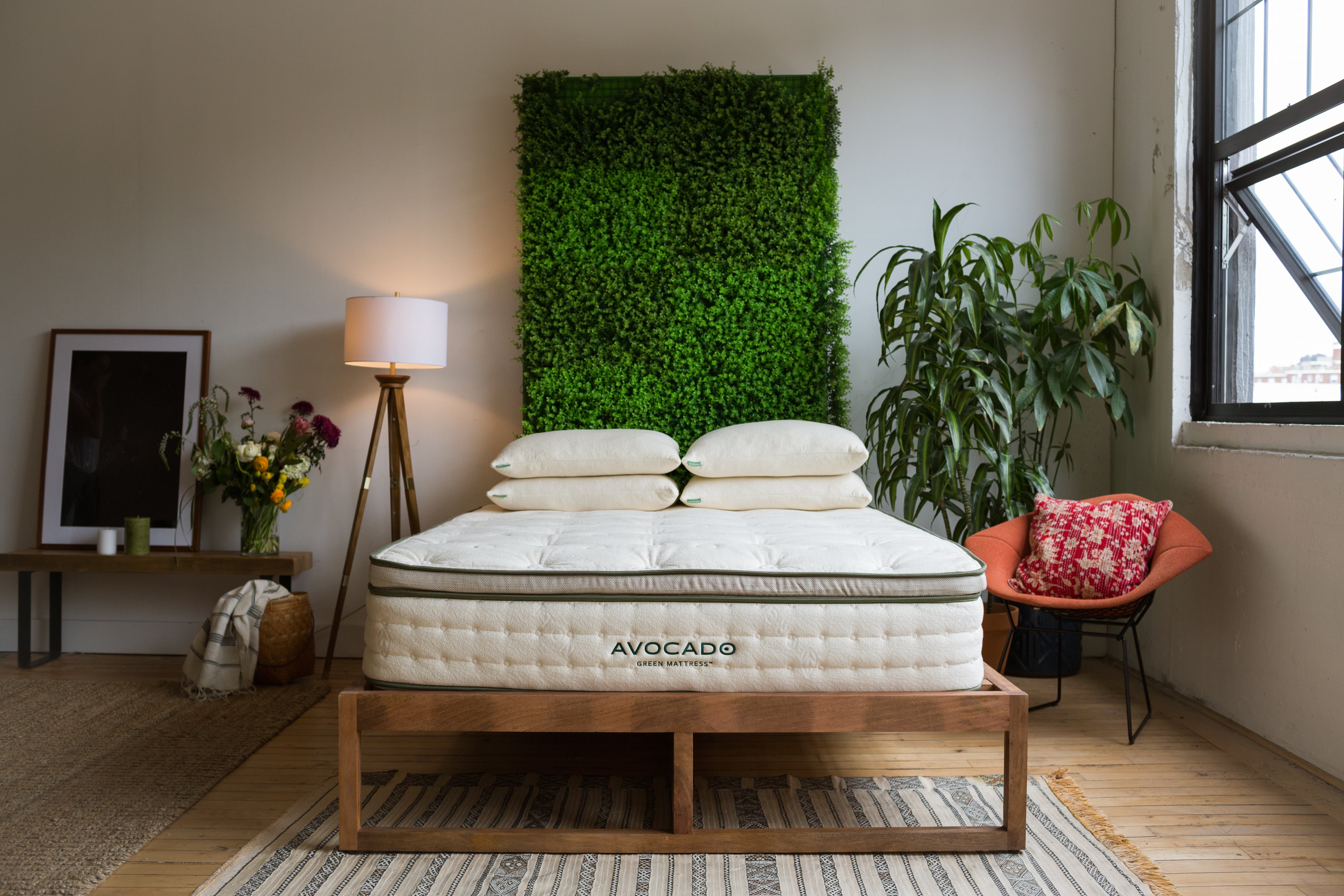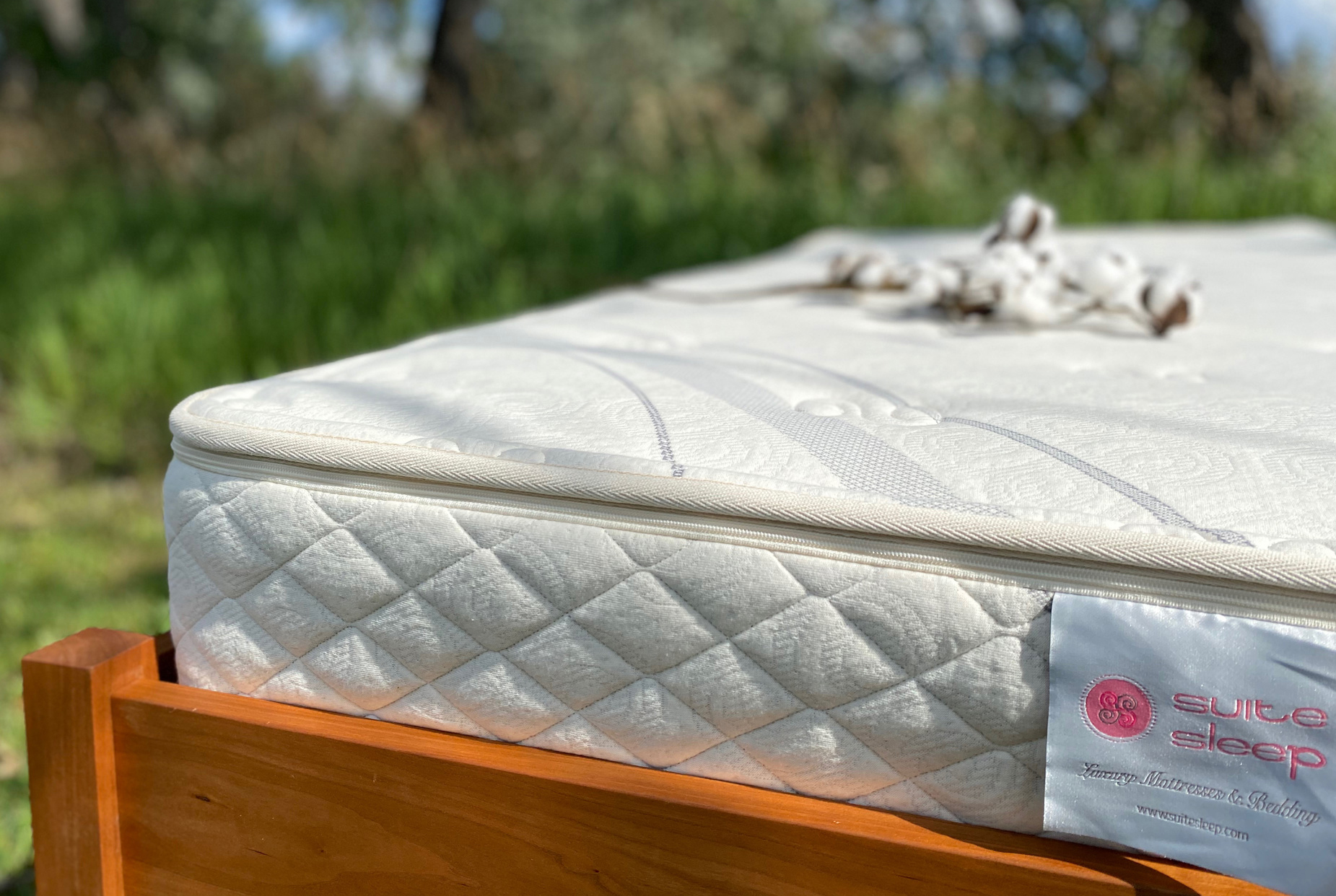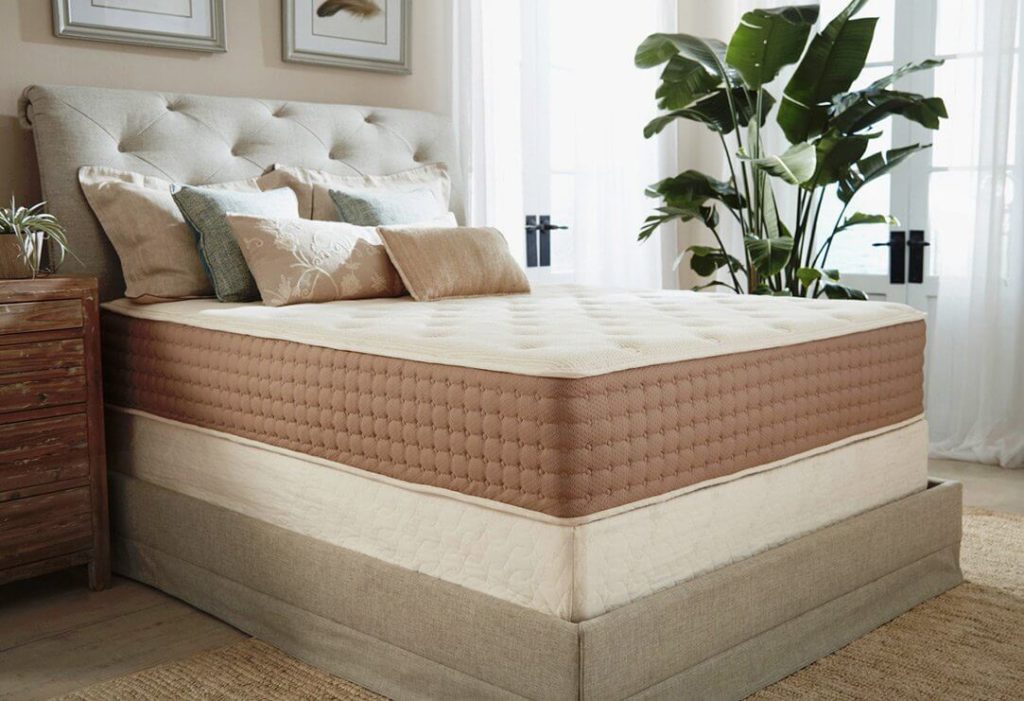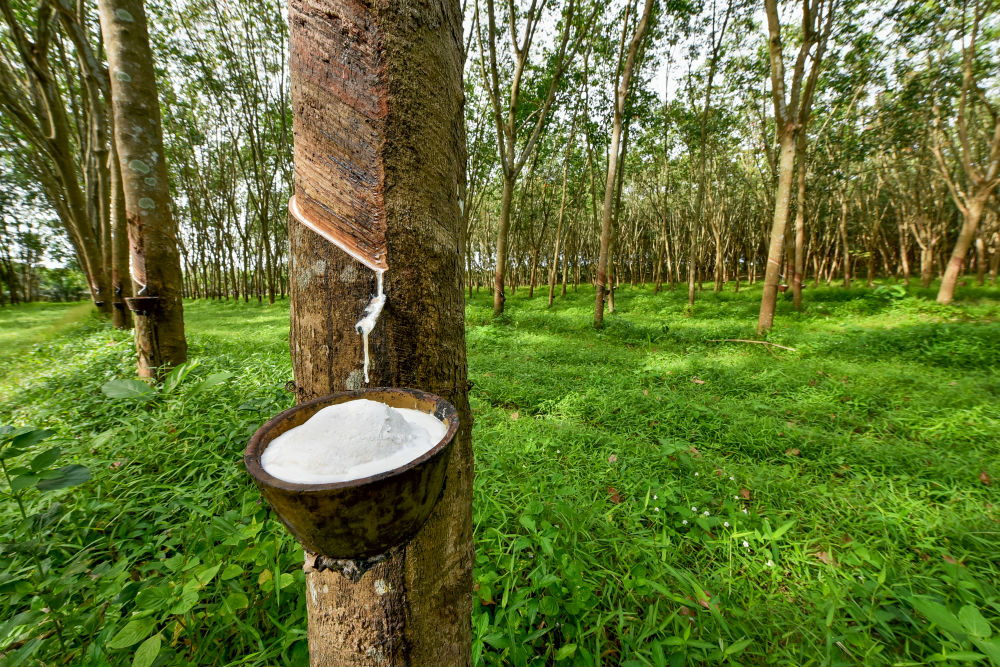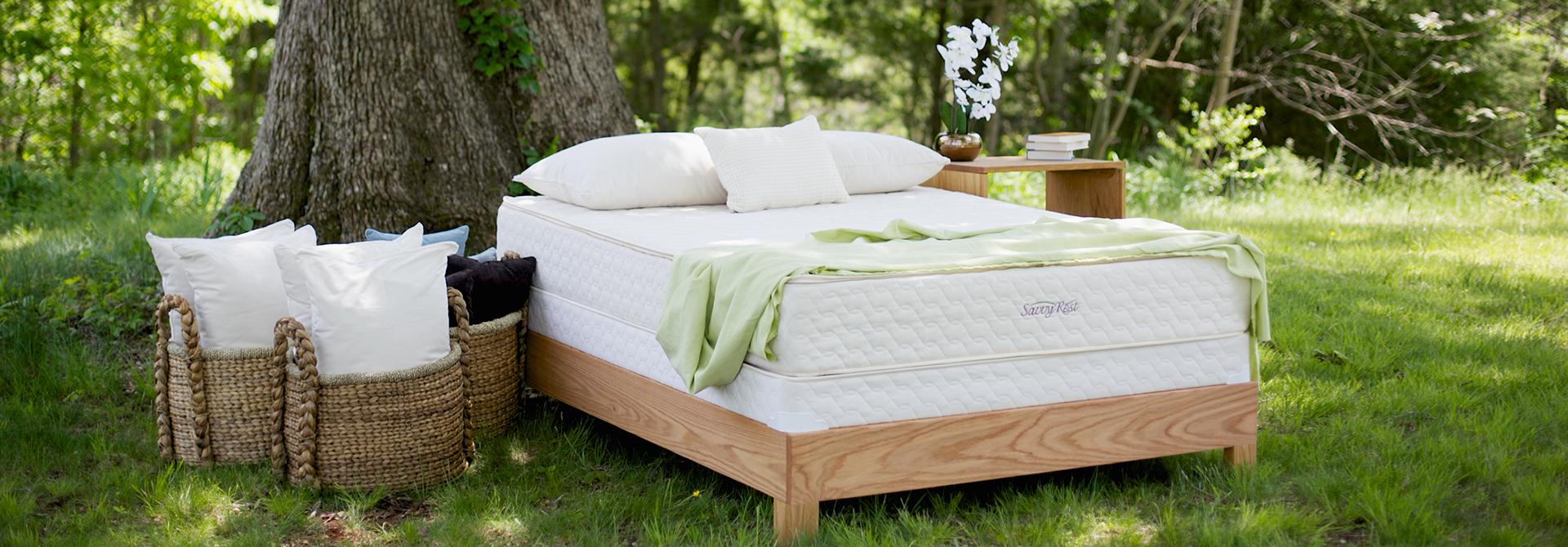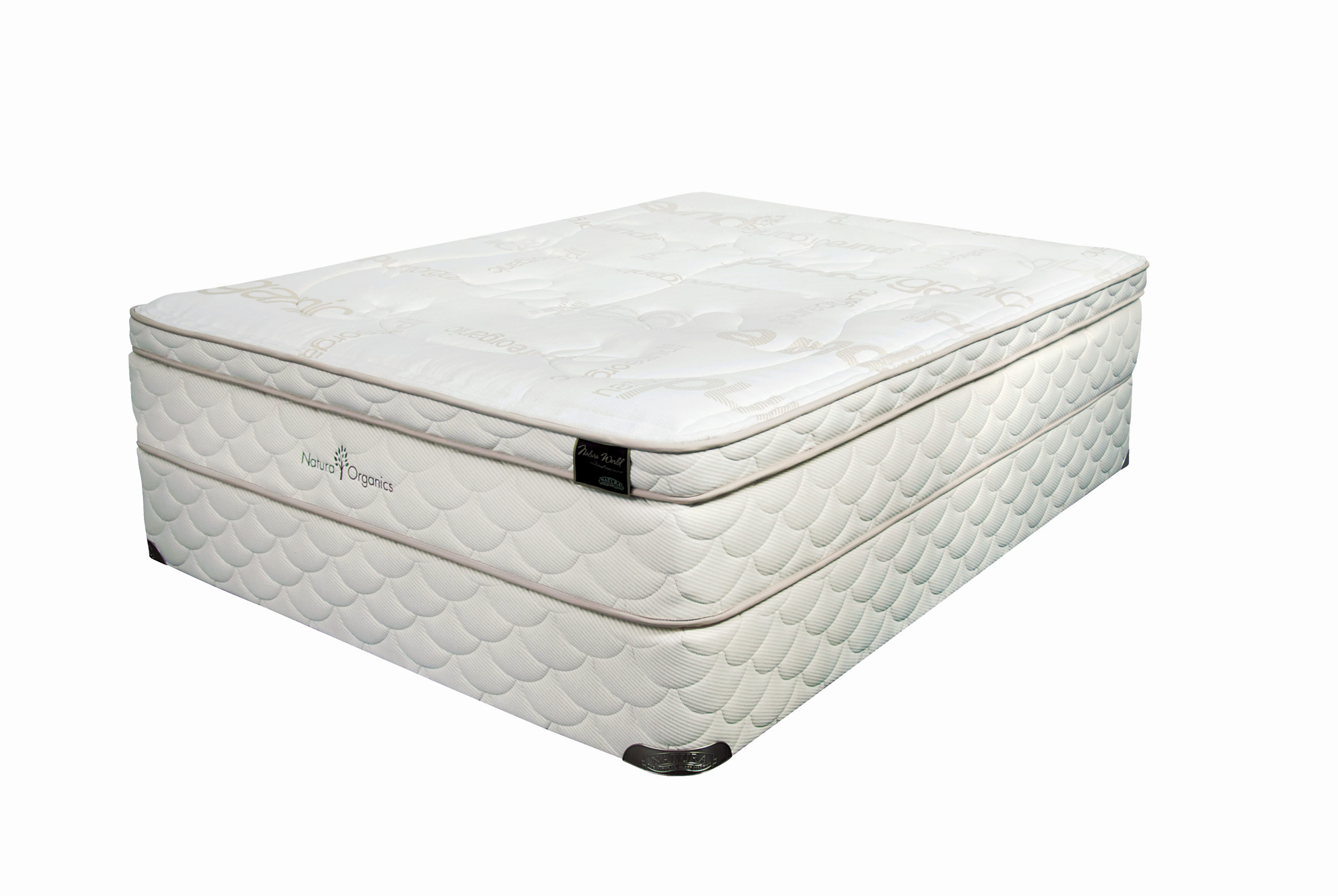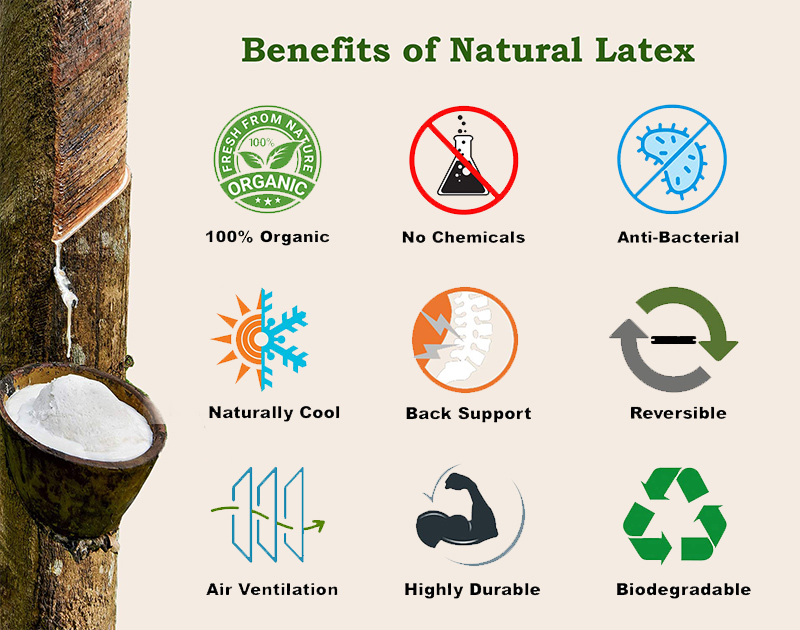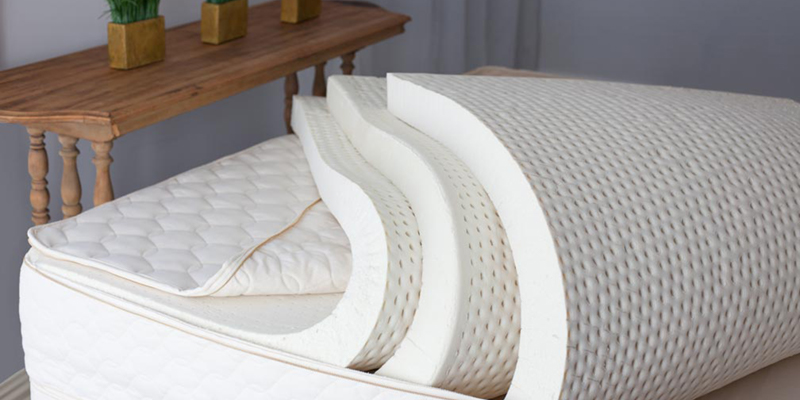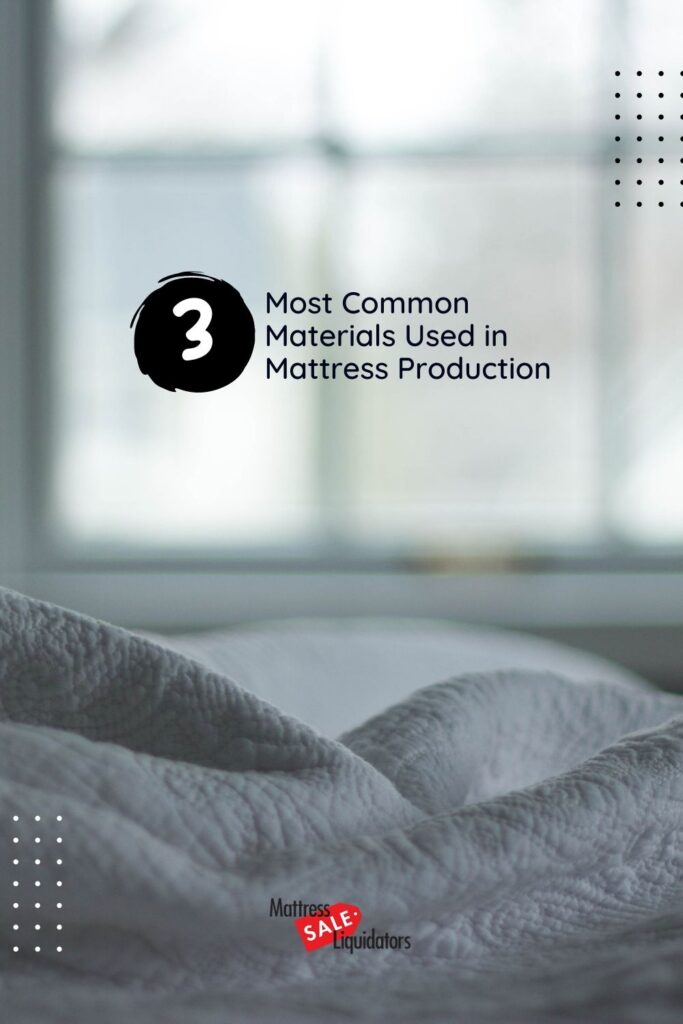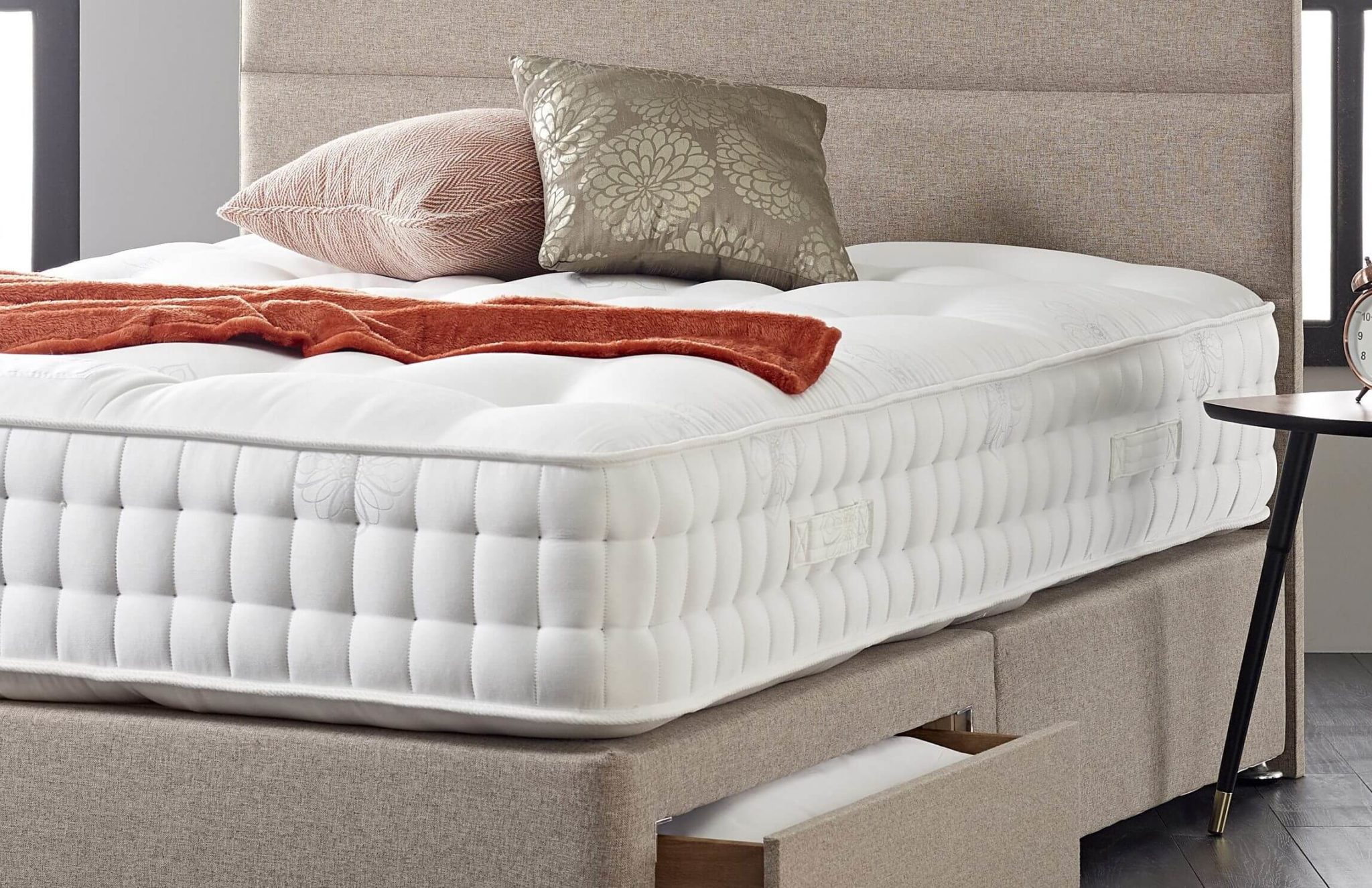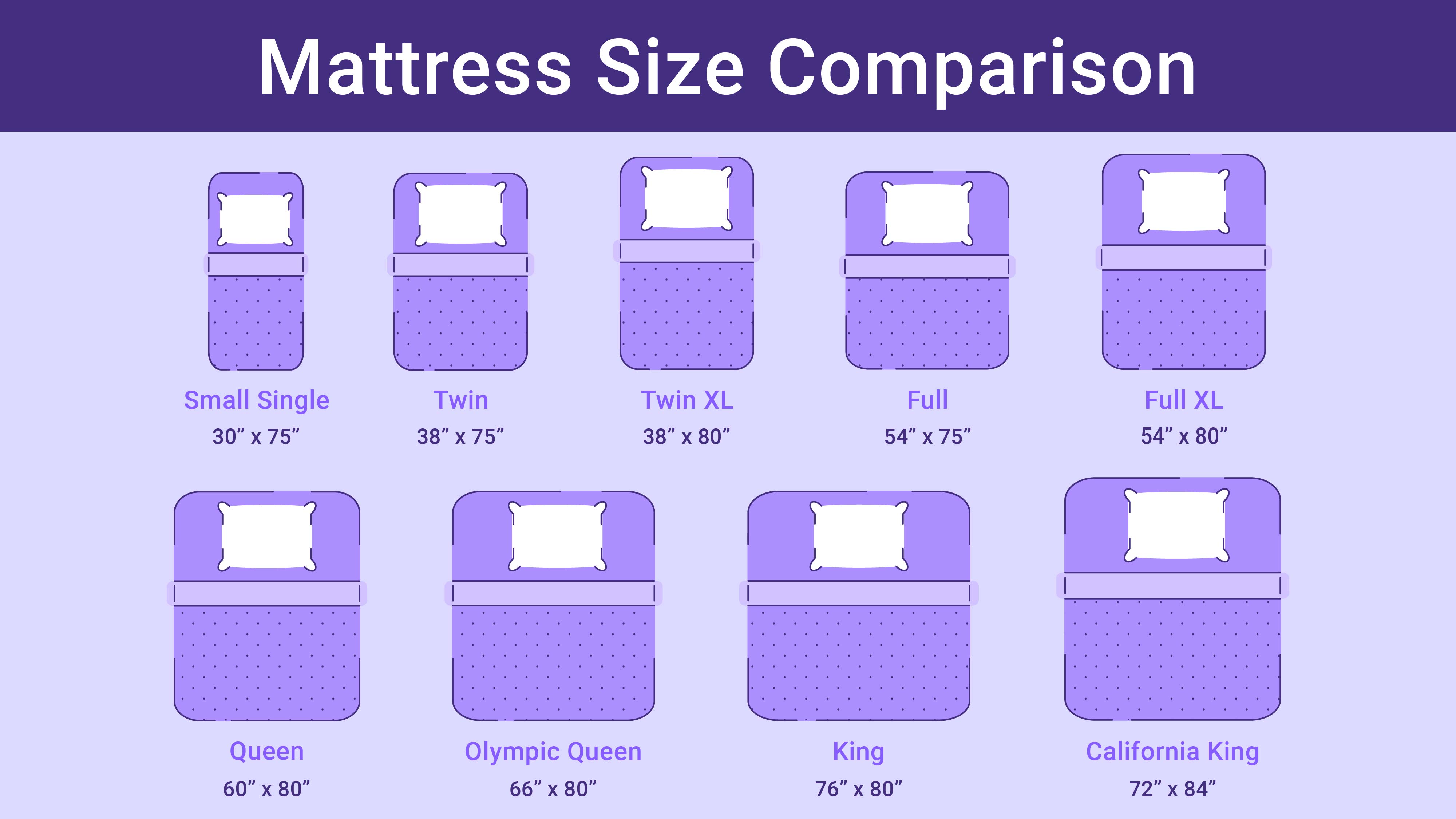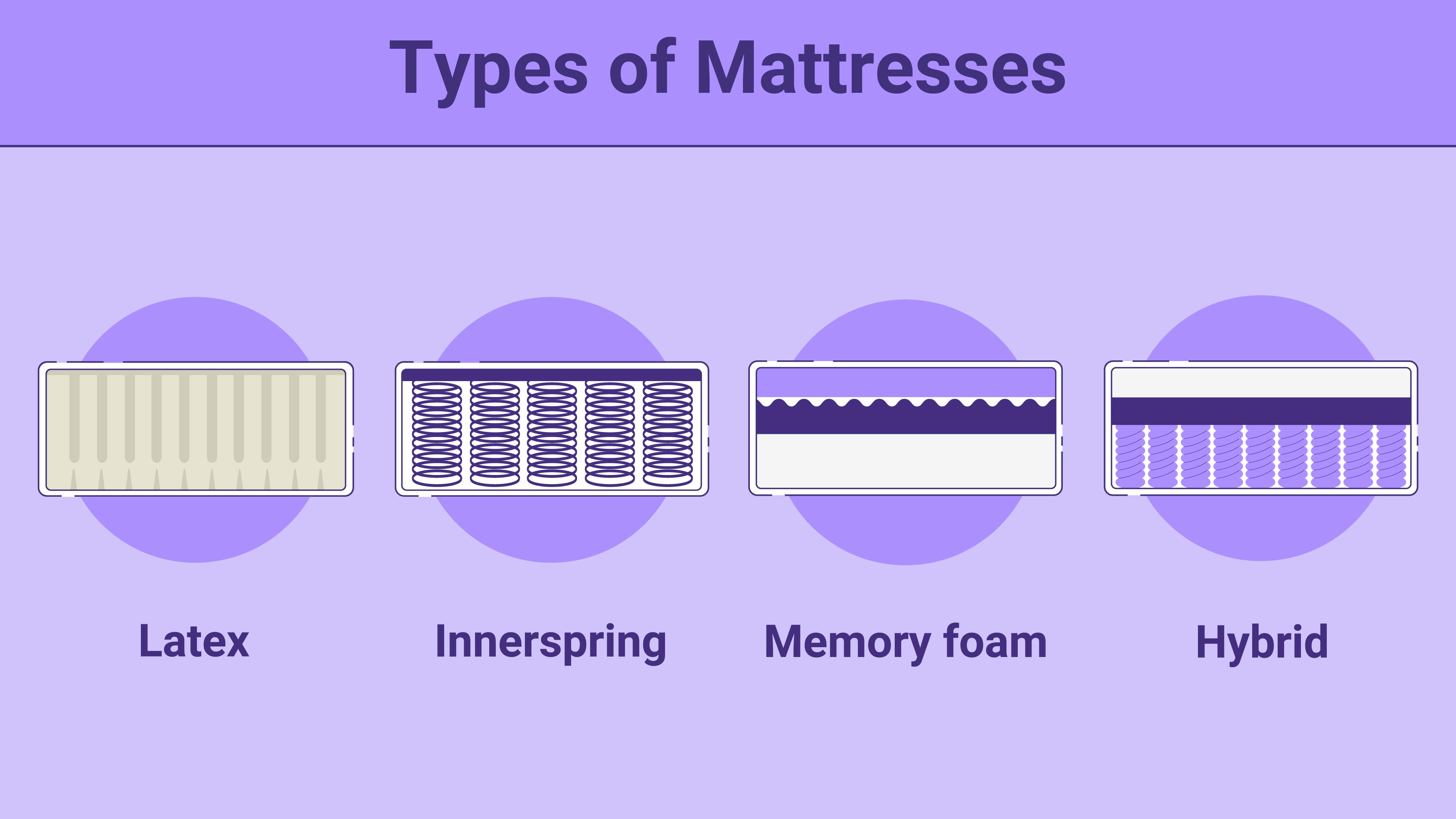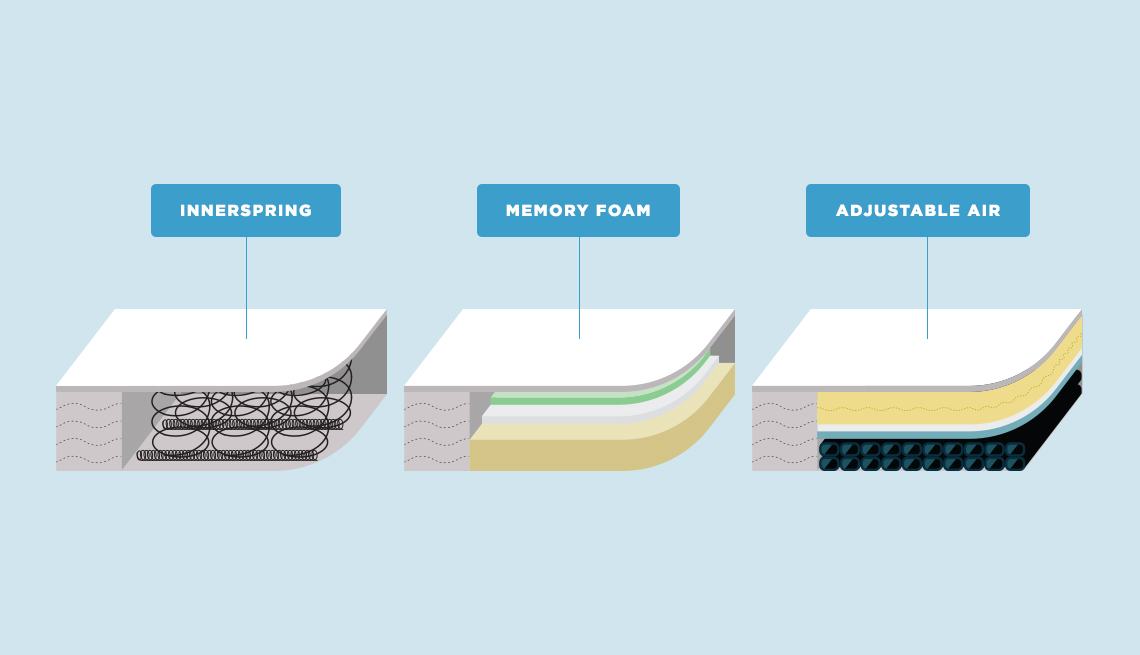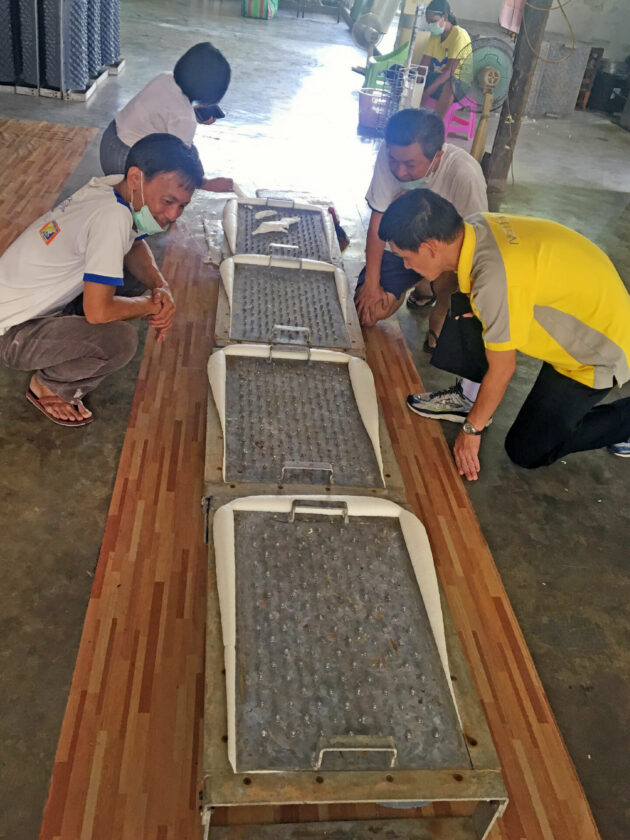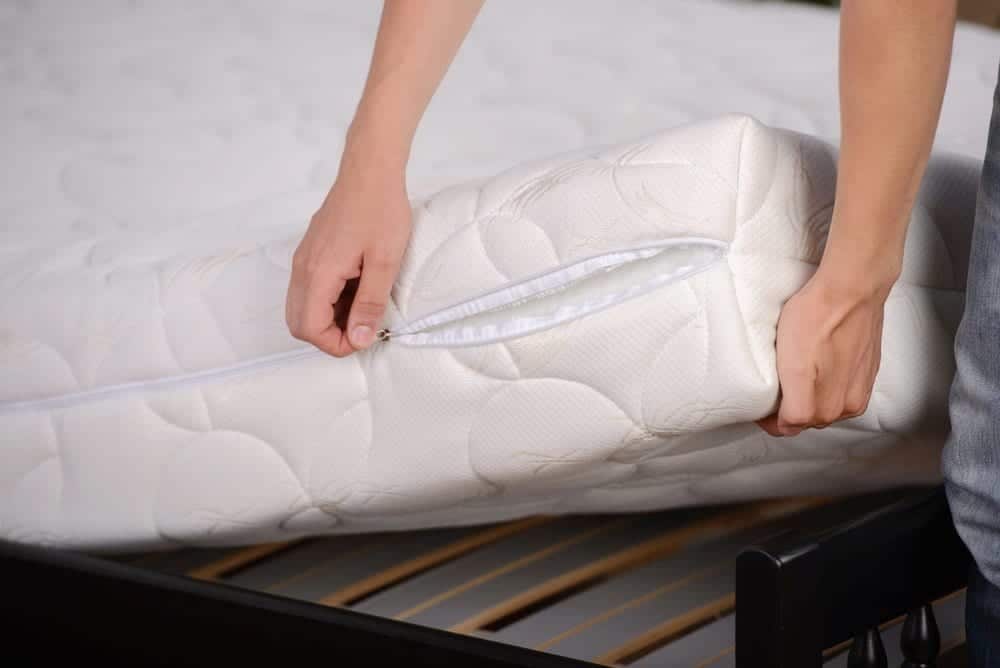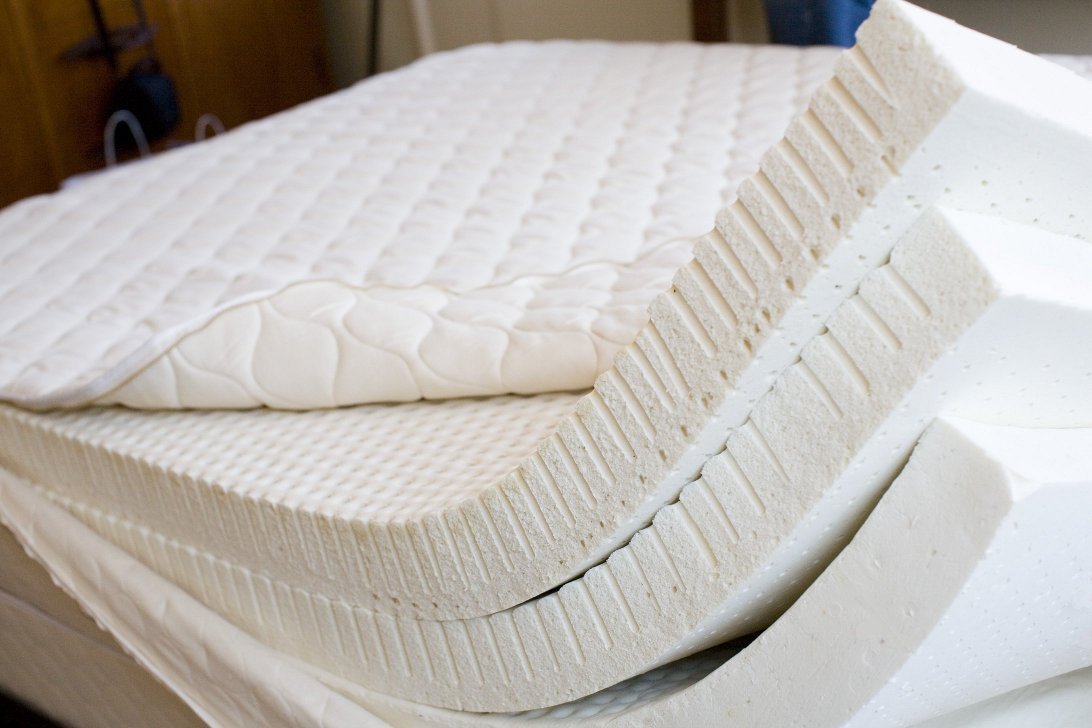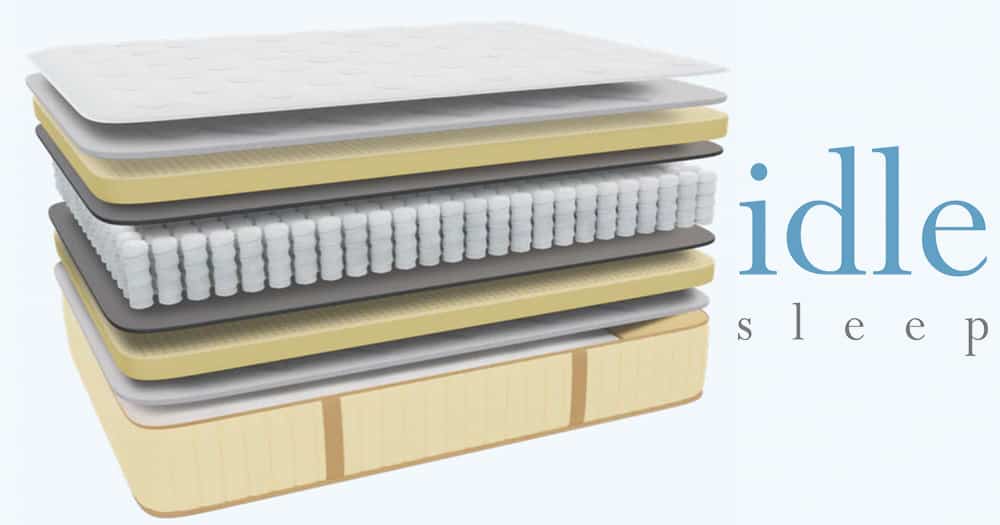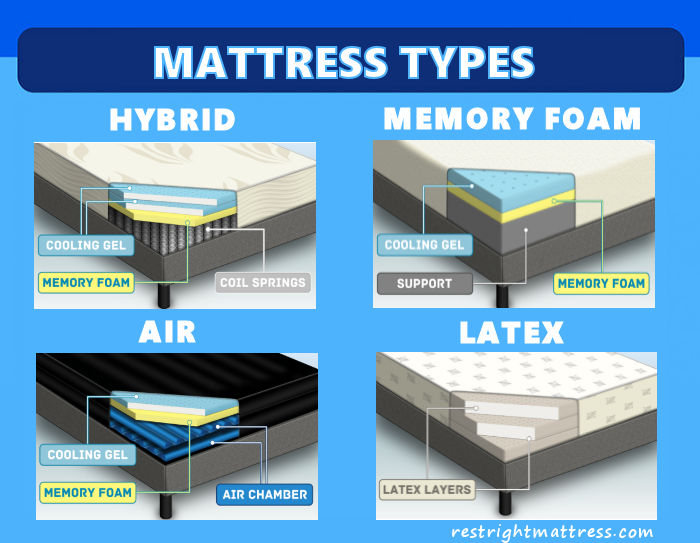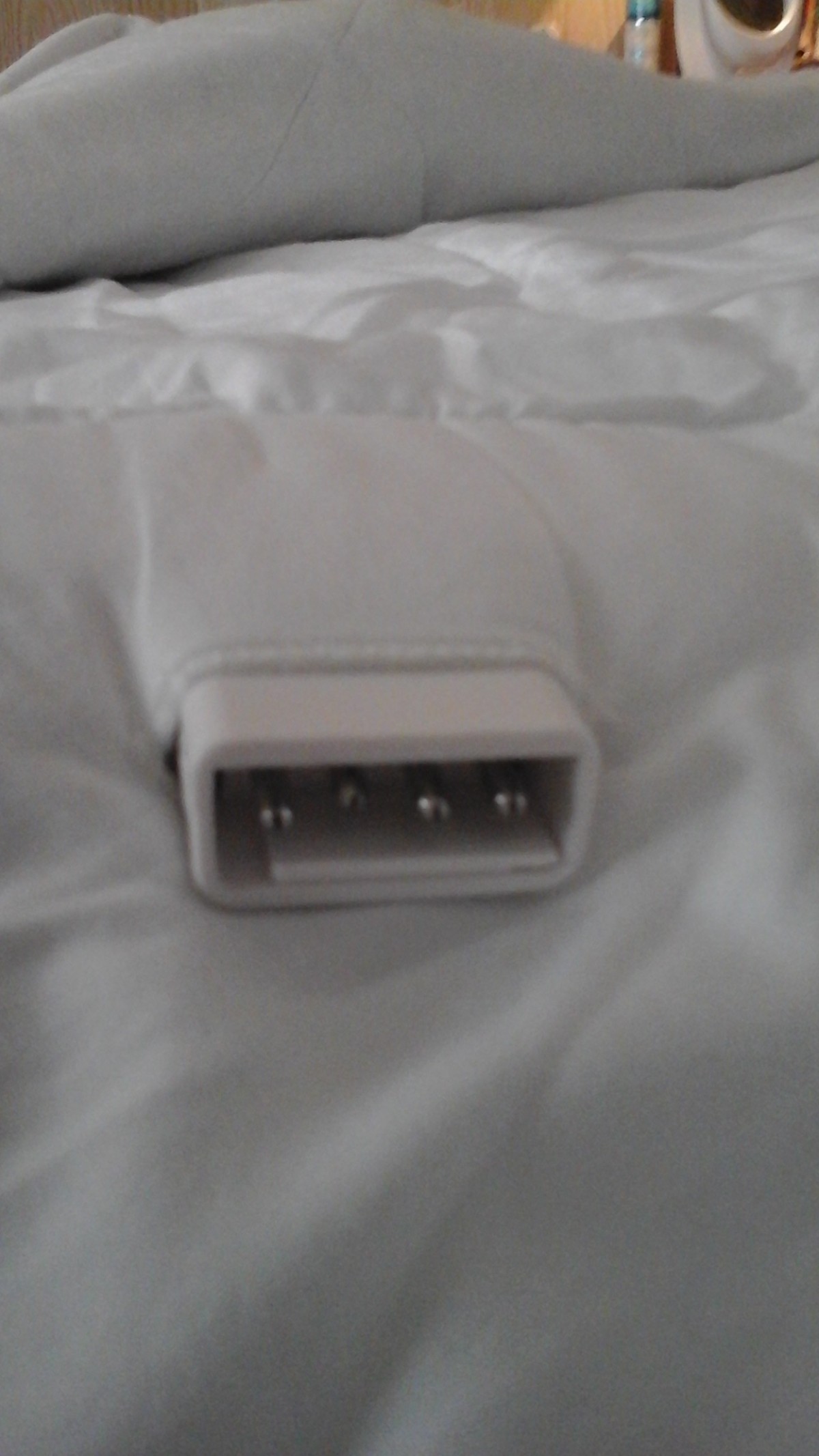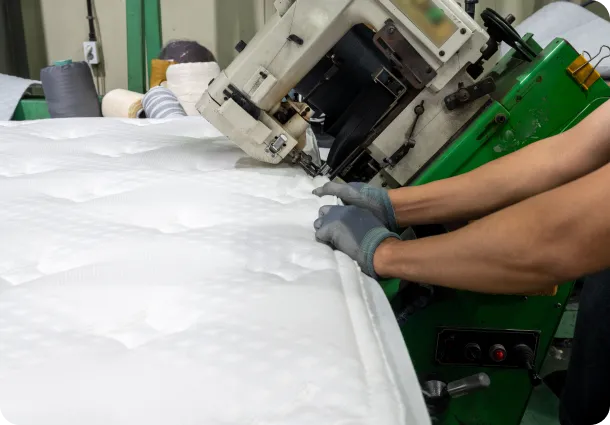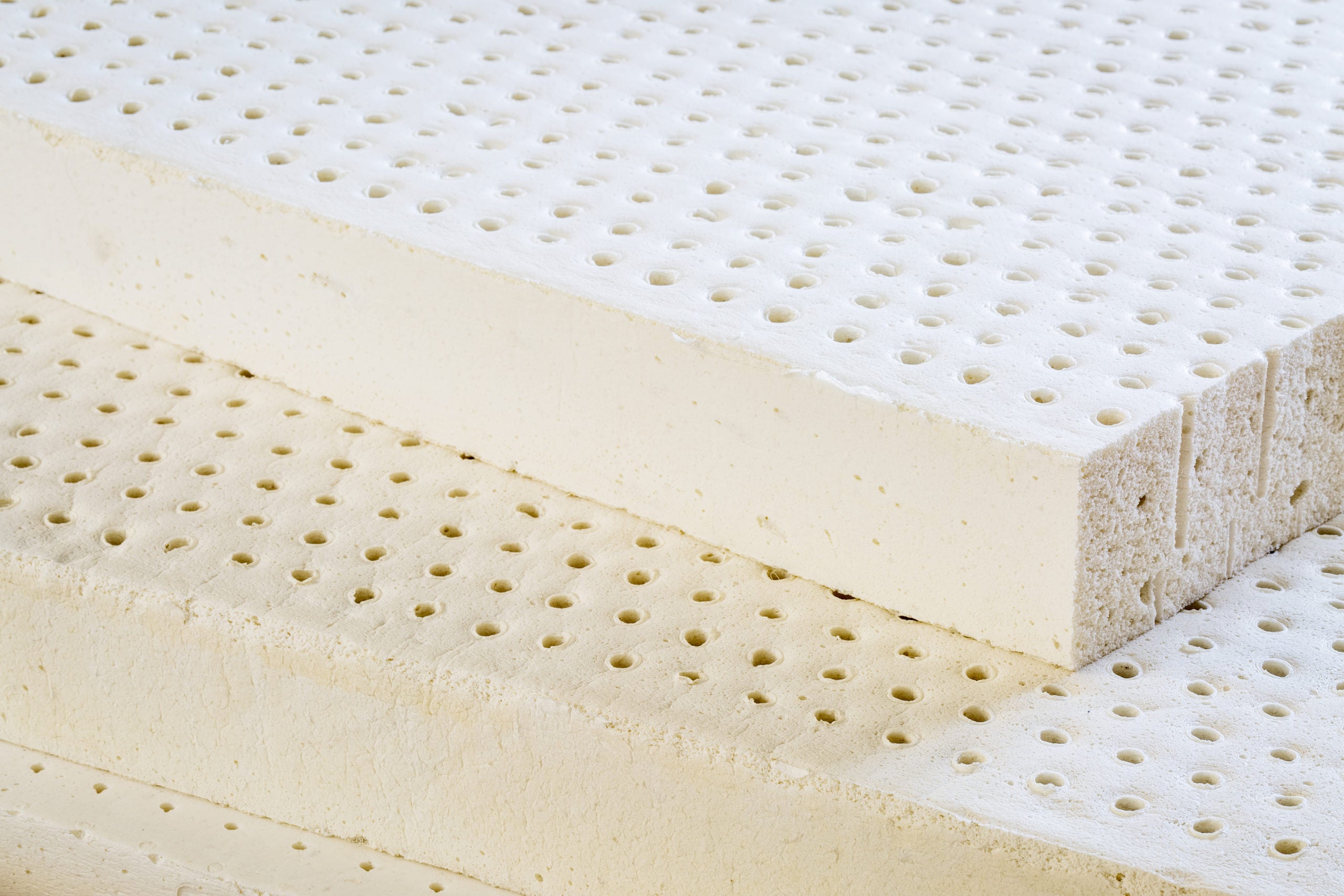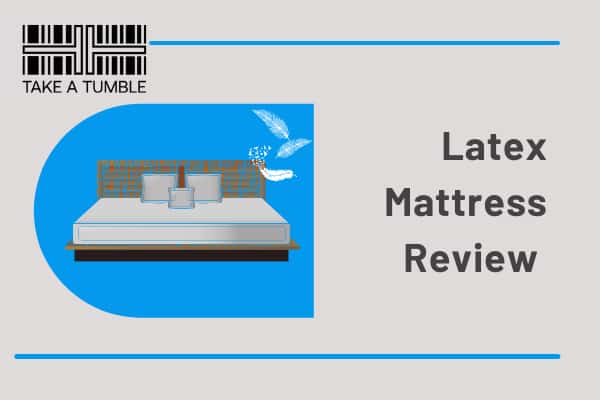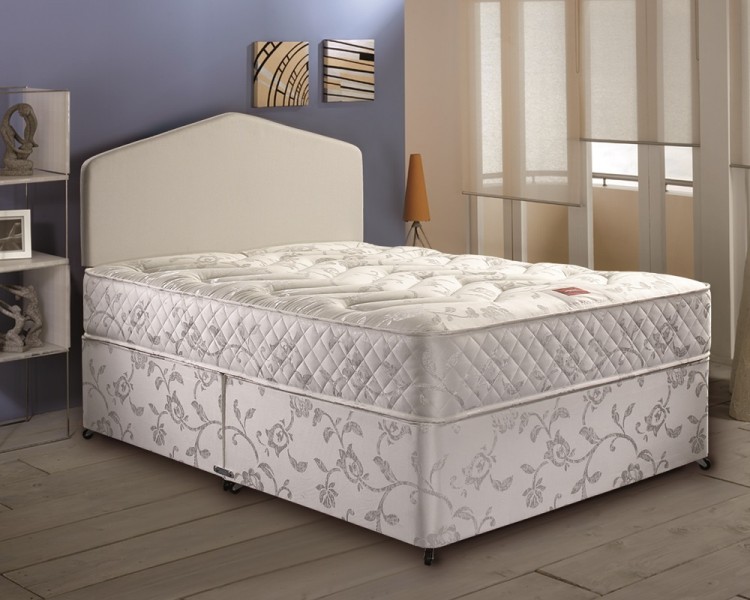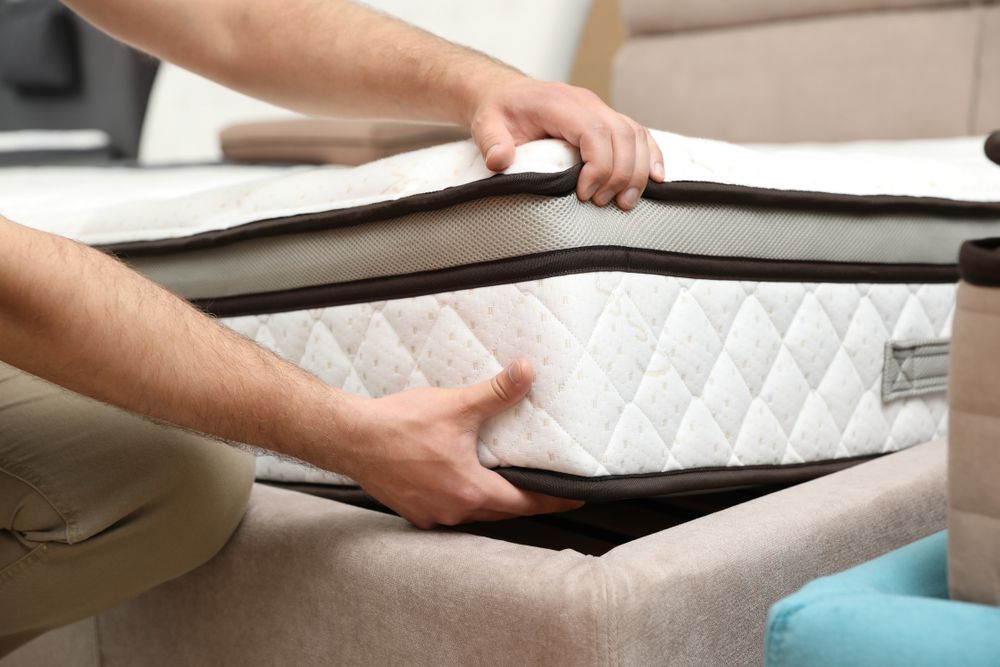If you're in the market for a new mattress, you may have heard about latex mattresses and their benefits. But have you ever wondered how they are made? In this article, we will take a deep dive into the production process of latex mattresses, from the raw materials to the finished product. By understanding the science and steps involved, you can make an informed decision when choosing the perfect mattress for your sleep needs.Latex Mattress Production Process: A Comprehensive Guide
The first step in latex mattress production is harvesting natural latex. This is done by extracting the sap from rubber trees, a process that has been practiced for centuries. The latex sap is then transported to a factory where it undergoes a centrifuging process to remove impurities and create a concentrated liquid. This liquid is then poured into molds and baked in ovens, resulting in a solid piece of latex foam.How Latex Mattresses are Made: Step-by-Step Process
Latex mattresses are made using the Dunlop or Talalay method, both of which involve a unique process of mixing and molding the latex foam. The Dunlop method produces a denser and firmer foam, while the Talalay method creates a softer and more consistent foam. Both methods use a combination of pressure, heat, and cooling to form the latex foam into the desired shape and density.The Science Behind Latex Mattress Production
The journey of latex mattress production starts with the rubber trees in Southeast Asia, Africa, and South America. These trees are grown and maintained sustainably, ensuring that the production process is eco-friendly. The latex sap is then transported to factories, where it is transformed into foam and then assembled into the final product. From there, the latex mattress is packaged and shipped to consumers all over the world.From Tree to Bed: The Journey of Latex Mattress Production
Not all latex mattresses are created equal. There are two main types of latex used in mattress production: natural and synthetic. Natural latex is made from the sap of rubber trees, while synthetic latex is a man-made material that mimics the properties of natural latex. Natural latex is considered to be more durable and eco-friendly, while synthetic latex is more affordable. Some mattresses also use a blend of both natural and synthetic latex.Understanding the Different Types of Latex Mattresses
Latex mattresses are often touted as an eco-friendly option due to their use of natural materials. In addition to using sustainably sourced latex, some manufacturers also incorporate other eco-friendly practices in their production process. This can include using organic cotton for the cover and using water-based adhesives instead of harmful chemicals. When choosing a latex mattress, it's important to research the manufacturing practices of the brand to ensure their commitment to sustainability.Eco-Friendly Latex Mattress Production: Sustainable Practices
One of the main benefits of a latex mattress is its superior comfort and support. The natural elasticity of latex foam provides pressure relief and proper spinal alignment, making it an ideal choice for those with back or joint pain. Latex mattresses are also hypoallergenic and dust mite resistant, making them a great option for those with allergies or sensitivities. Additionally, latex mattresses have a longer lifespan compared to other types of mattresses, making them a worthwhile investment in the long run.The Benefits of Choosing a Latex Mattress for Your Sleep
Compared to other types of mattresses, latex mattresses have a more complex production process. However, this also means that they tend to be of higher quality and offer more benefits. For example, innerspring mattresses have a simpler production process, but they may not offer the same level of comfort and support as a latex mattress. Memory foam mattresses also have a different production process, involving the use of chemicals and foaming agents. The choice ultimately depends on personal preference and sleep needs.Comparing Latex Mattress Production to Other Types of Mattresses
In addition to natural and synthetic latex, there are other materials used in the production of latex mattresses. These can include organic cotton for the cover, wool for added comfort and temperature regulation, and natural latex or soy-based foam for the support layers. These materials work together to create a comfortable and sustainable mattress.Common Materials Used in Latex Mattress Production
To ensure the highest quality of latex mattresses, manufacturers have strict quality control measures in place. This can include testing the latex foam for consistency, durability, and support, as well as checking for any defects in the materials. Quality control is an essential part of the production process to ensure that customers receive a superior product that meets their expectations. In conclusion, the production process of latex mattresses involves a careful and intricate process to create a comfortable and sustainable product. From the raw materials to the quality control measures, every step is crucial in producing a high-quality mattress that can provide a restful and rejuvenating sleep experience. So the next time you consider purchasing a new mattress, consider the journey that it takes to create a latex mattress and the benefits it can offer for your sleep. Quality Control in Latex Mattress Production: Ensuring a Superior Product
The Benefits of Choosing a Latex Mattress for Your Home
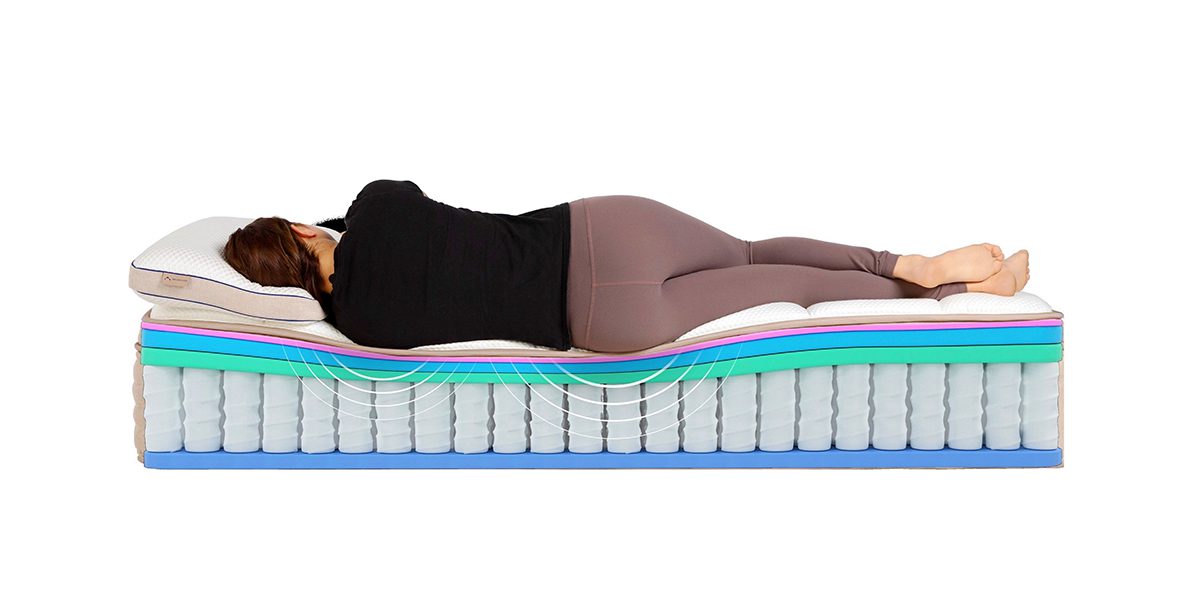
Why Choose a Latex Mattress?
 When it comes to designing your dream home, every detail matters. From the color of the walls to the type of furniture, everything must be carefully considered. One crucial aspect that often goes overlooked is choosing the right mattress for your bedroom. A latex mattress may not be the first thing that comes to mind when thinking about house design, but it is definitely worth considering. Not only does it provide a comfortable and supportive sleep surface, but it also offers many other benefits that make it a great choice for your home.
When it comes to designing your dream home, every detail matters. From the color of the walls to the type of furniture, everything must be carefully considered. One crucial aspect that often goes overlooked is choosing the right mattress for your bedroom. A latex mattress may not be the first thing that comes to mind when thinking about house design, but it is definitely worth considering. Not only does it provide a comfortable and supportive sleep surface, but it also offers many other benefits that make it a great choice for your home.
The Production Process of a Latex Mattress
 Latex is a natural material that is derived from the sap of rubber trees. The production process of a latex mattress involves harvesting this sap and processing it into a foam material. One of the key benefits of latex is its ability to conform to your body's shape, providing optimal support and pressure relief. This is achieved through a unique manufacturing process that involves whipping the latex sap to create tiny air bubbles, resulting in a soft and bouncy foam.
Organic and Sustainable Materials
One of the main reasons why latex mattresses have gained popularity in recent years is because they are made from organic and sustainable materials. Rubber trees are a renewable resource, and their sap can be harvested without causing harm to the trees. This makes latex mattresses an eco-friendly option for your home. Additionally, the production process does not involve any harsh chemicals, making it a safe and healthy choice for you and your family.
Durability and Longevity
Another advantage of a latex mattress is its durability and longevity. The natural properties of latex make it resistant to dust mites, mold, and bacteria, making it a hypoallergenic option for those with allergies. Latex mattresses are also known for their long lifespan, with some lasting up to 25 years. This is due to the high-quality materials and manufacturing process that goes into making them, making it a sustainable investment for your home.
Customizable and Versatile
Latex mattresses come in a variety of firmness levels, making them customizable to suit your individual sleep needs. Whether you prefer a soft or firm mattress, there is a latex option for you. They are also versatile, as they can be used on different types of bed frames, including platform beds, adjustable beds, and even traditional box springs.
Latex is a natural material that is derived from the sap of rubber trees. The production process of a latex mattress involves harvesting this sap and processing it into a foam material. One of the key benefits of latex is its ability to conform to your body's shape, providing optimal support and pressure relief. This is achieved through a unique manufacturing process that involves whipping the latex sap to create tiny air bubbles, resulting in a soft and bouncy foam.
Organic and Sustainable Materials
One of the main reasons why latex mattresses have gained popularity in recent years is because they are made from organic and sustainable materials. Rubber trees are a renewable resource, and their sap can be harvested without causing harm to the trees. This makes latex mattresses an eco-friendly option for your home. Additionally, the production process does not involve any harsh chemicals, making it a safe and healthy choice for you and your family.
Durability and Longevity
Another advantage of a latex mattress is its durability and longevity. The natural properties of latex make it resistant to dust mites, mold, and bacteria, making it a hypoallergenic option for those with allergies. Latex mattresses are also known for their long lifespan, with some lasting up to 25 years. This is due to the high-quality materials and manufacturing process that goes into making them, making it a sustainable investment for your home.
Customizable and Versatile
Latex mattresses come in a variety of firmness levels, making them customizable to suit your individual sleep needs. Whether you prefer a soft or firm mattress, there is a latex option for you. They are also versatile, as they can be used on different types of bed frames, including platform beds, adjustable beds, and even traditional box springs.
In Conclusion
 In conclusion, a latex mattress is a great choice for your home because of its natural and sustainable materials, durability, and customization options. Not only will it provide you with a comfortable and supportive sleep surface, but it is also a healthy and eco-friendly choice for your bedroom. So why settle for an ordinary mattress when you can have a high-quality latex mattress to complete your dream home?
In conclusion, a latex mattress is a great choice for your home because of its natural and sustainable materials, durability, and customization options. Not only will it provide you with a comfortable and supportive sleep surface, but it is also a healthy and eco-friendly choice for your bedroom. So why settle for an ordinary mattress when you can have a high-quality latex mattress to complete your dream home?
